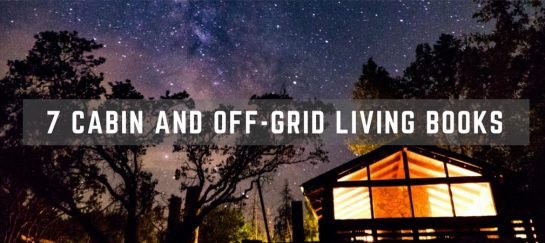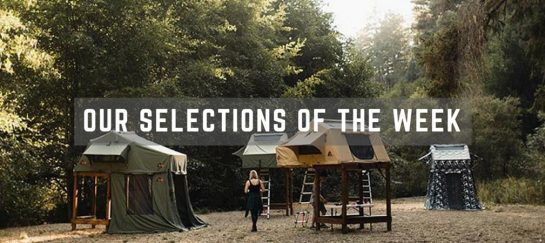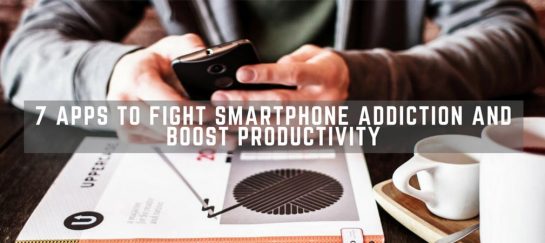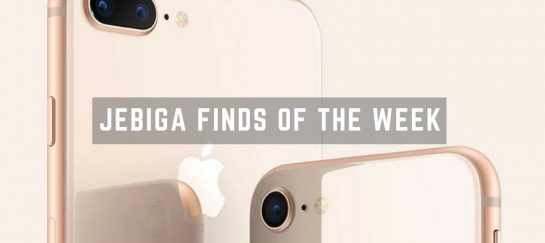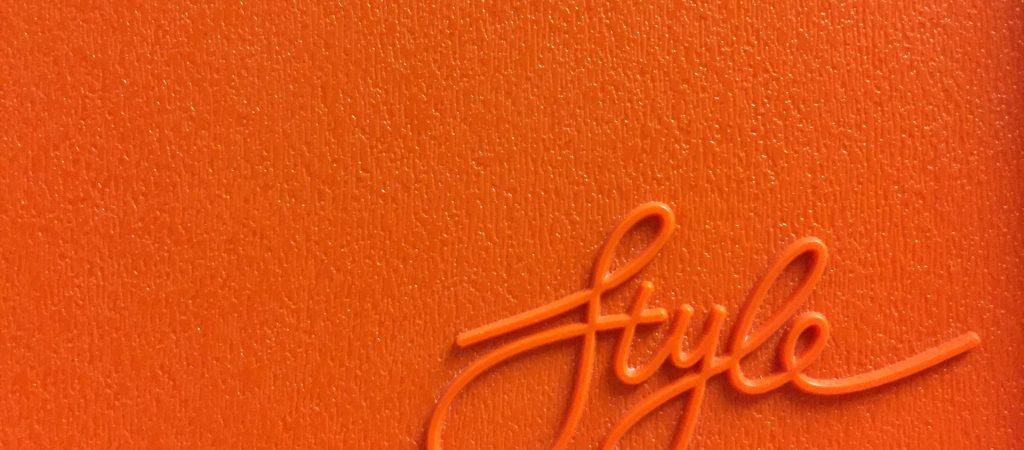
How digital design is influencing interior design
Design trends seem to be sweeping across all areas of design right now. Whether it’s digital design influencing architecture or fashion design influencing interior design, there is certainly a big crossover between the different fields of design, with each taking inspiration from the other.
One of the biggest crossovers we are seeing right now is between digital design and interior design. It’s unclear which is having the biggest influence over the other, but we are definitely seeing trends emerging across the two design disciplines that show the influence they are having on each other.
Whilst there is no doubt that digital designers are taking inspiration from the world around them – the homes they visit, the coffee shops they frequent and the places they work, given the amount of time every person around the world is spending online right now, it seems more likely that digital design is having the bigger impact on interior design.
The rise of internet browsing
According to Broadband Search, 66.2% of the world’s population uses the internet daily. From the year 2000 to 2022, the usage of the internet increased by 1,355%. Smartphones are having a significant impact on this data. In 2021, 54.4% of all internet traffic worldwide was conducted on a mobile device compared to just 0.7% in 2009. Some of the world’s most popular sites include Google, YouTube, Facebook, Twitter, Instagram, Baidu, Wikipedia, Yandex, Yahoo and Xvideos.
Social media is another hugely influencing factor. Today, there are over 4.48 billion active users of social media platforms around the world, up from 1.4 billion ten years ago.
How is digital design influencing interior design?
Whilst the overall design of something – the end product – is the thing that we see, the process for how designers get to that end product is also something that digital and interior design has in common.
If we think back a decade or even 20 years, website designs were cluttered and full of bright colours, different fonts and an assortment of images. Jump forward to 2022, and we now see that the best websites tend to be clean, uncluttered and easy to navigate.
In much the same way, interior design trends are leaning towards an uncluttered look, with clean lines and colours that make the transition from one room to another – much like the transition from one webpage to another – a seamless one.
One of the first things that a digital designer will do with a new website is look to “clean house” and remove all the unnecessary noise from the site that detracts from the main goal of the website – to convert the user into a paying customer. The first steps of creating an uncluttered interior design are much the same – remove the unwanted furnishings that add “noise” to the design and create a clean space from which to work.
This “clean design” approach is one that is being taken in homes throughout Australia and it’s not just inside the house where we are seeing this approach, but outside too. Gardens and backyards are becoming valuable spaces and instead of treating them like a storage space for things that won’t fit in the house, designers are also considering the layout of gardens and yards when they are looking at the overall design of a house.
Making an impact in a crowded space
Whilst clean lines and less “noise” certainly help to create a user experience that is easy to navigate, it’s also important to stand out both online and in the real world.
Website designers are constantly looking for ways to make their websites stand out from the crowd. When you consider the amount of online content consumed throughout the world every single day, it’s not easy to create a design that is both memorable and one that leads to a conversion.
There are some industries that are doing it well. Websites like Betway Casino tend to stick to intuitive designs, often with a bright font colour on a dark background. Vibrancy and design come through the range of online slots and table games that can easily and regularly be updated by the casino platform. Games like Starburst, Cleopatra, and Thunderstruck II demonstrate that flexibility – each has its own unique theme and colours, and the platform’s colour scheme helps this to stand out.
TV streaming platforms are another great example of this approach. Think of leading streaming sites including Netflix and Amazon Prime and the things they have in common – clean lines, dark colours, bold branding and easy navigation. All of this is made possible through digital design and whilst interior designers may not go down the route of black walls and red features like Netflix, the principles are the same, no matter the colours a designer uses.
Summary
Great design today – either digital or interior – comes from an understanding of the need to deliver an outstanding user experience. Whilst we may not talk about user experience in relation to interior design, the way a home feels, the places we keep our things and the way we can relax are all the equivalent of “user experience” metrics in the online world.
Digital designers want their visitors to feel comfortable on the site and have the freedom to browse, enabling them to do the things they need to do easily and without fuss.
Interior design trends are certainly been driven by digital design and the crossover between the two disciplines is quite remarkable and is something that we expect to see more and more of as people spend even more of their time online.
Daily Newsletter
Subscribe to Jebiga for a dose of the best in gear, design, rides, tech and adventure.

